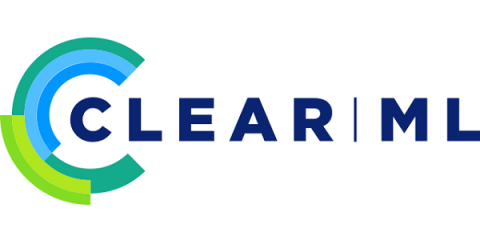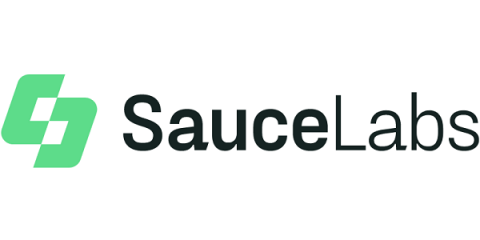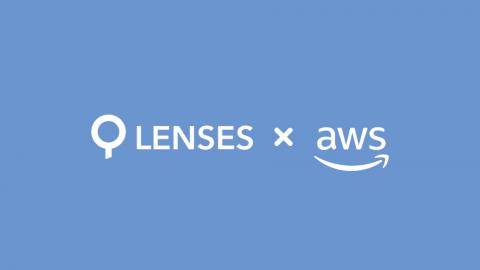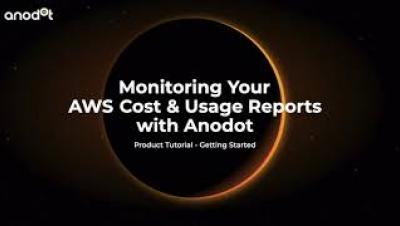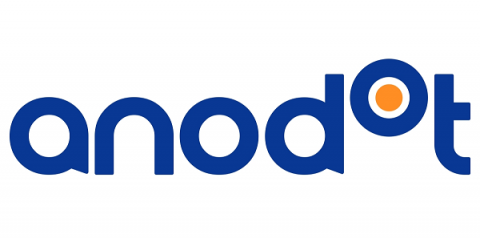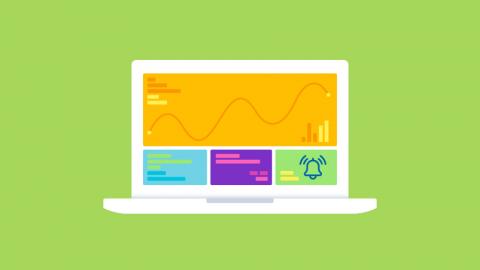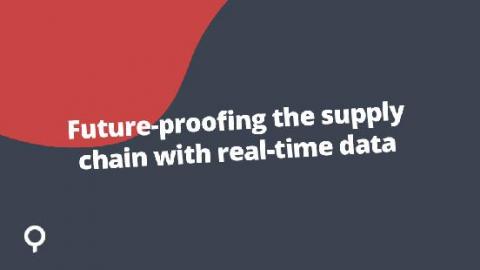Systems | Development | Analytics | API | Testing
Technology
ML / DL Engineering Made Easy with PyTorch's Ecosystem Tools
This blog post is a first of a series on how to leverage PyTorch’s ecosystem tools to easily jumpstart your ML / DL project. The first part of this blog describes common problems appearing when developing ML / DL solutions, and the second describes a simple image classification example demonstrating how to use Allegro Trains and PyTorch to address those problems.
What Security Means for Web and Mobile Application Testing
Employees today are more mobile than ever. As we saw, due to COVID-19 the majority of organizations moved their employees to a work from home model overnight. This quick change of location forced businesses to implement solutions that would provide their workforces secure remote access to an increasingly complex corporate network.
Everything you want to know about Kafka monitoring
AI Powered Efficiency - Katalon Offers Native Integration with Applitools
If you write software for a living, you probably have a bias toward coded tests and against all things codeless. Most software engineers who become test engineers trust themselves to write well-designed structured code. Some people see record-and-playback as cheating, demeaning, or otherwise indicative of poor workmanship. Yet, research shows that test code maintenance costs correlate directly to the number of lines of written test code.
It Takes Two to Kafka: AWS MSK + DataOps
I ordered a ride share recently from a beach; the app struggled to find a car, so I had to make several requests. After the fourth or fifth attempt, my bank alerted me to possible fraudulent activity on my credit card via SMS. Each time I ordered a ride, the service put a pending charge on my card. After I texted back that it was just me, the bank reactivated my account. Though the process was annoying, I felt reassured my bank could detect possible fraudulence that quickly.
Anodot Tutorial: AWS Cost & Usage Report (CUR) Monitoring
Good Catch: Cloud Cost Monitoring
Aside from ensuring each service is working properly, one of the most challenging parts of managing a cloud-based infrastructure is cost monitoring. There are countless services to keep track of—including storage, databases, and computation—each with their own complex pricing structure. Monitoring cloud costs is quite different from other organizational costs in that it can be difficult to detect anomalies in real-time and accurately forecast monthly costs.
Will your streaming data platform disturb your holiday?
Here's why you need to double down on your DataOps before your vacation. In the past few months, everything has changed at work (or at home). Q1 plans were scrapped. Reset buttons were smashed. It was all about cost-cutting and keeping lights on. Many app and data teams sought quick solutions and developed workarounds to data challenges and operational problems as people prepared to work from home for the foreseeable future. And now, it’s time for a holiday.
Future-proofing the supply chain with real-time data
Next to the healthcare system, COVID-19’s biggest infrastructural burden fell upon the supply chain. Fluctuations in supply and demand of essential goods, along with the oil surplus, led to a freight cliff in mid-April. Outbound tender volume and spot rates bottomed out, which highlighted a massive drop in demand. As the market rebounds, technological investments are key to the industry’s recovery.



